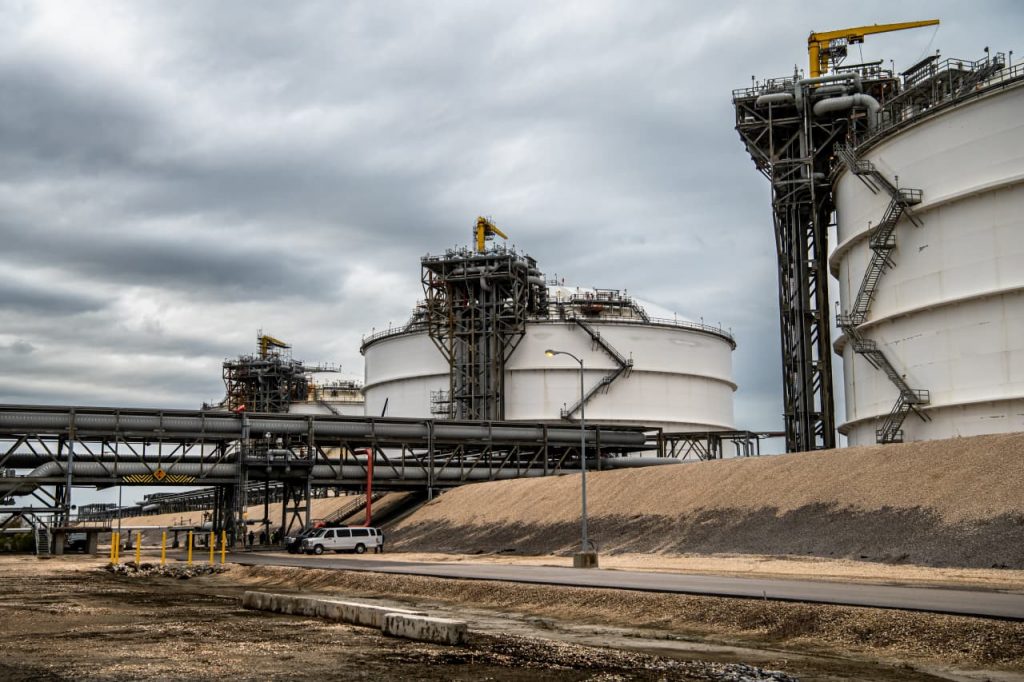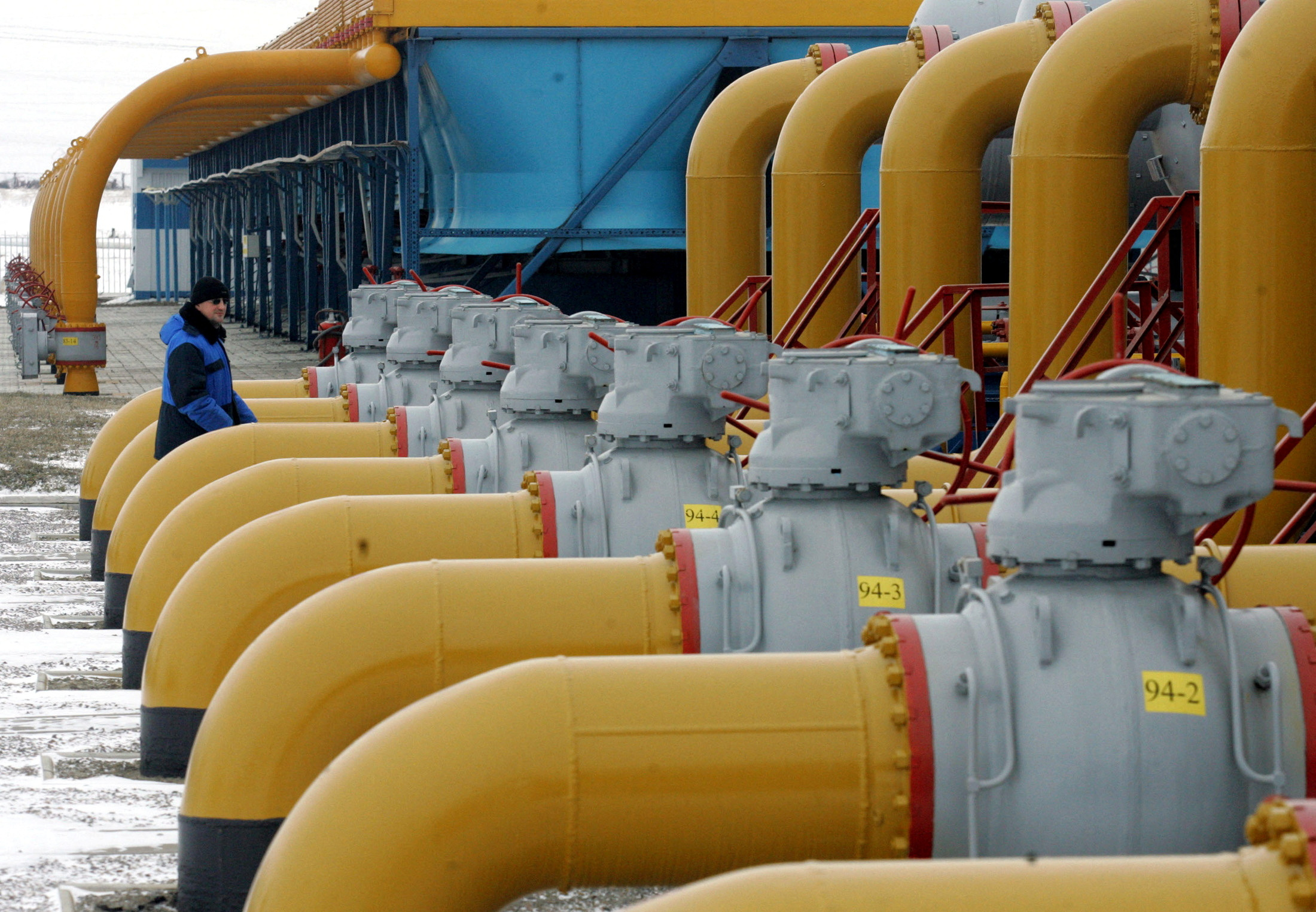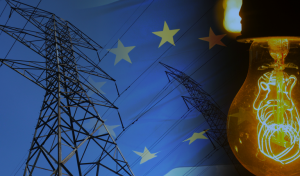European natural-gas prices continue to hover around their highest level this year as growing geopolitical tensions threaten pipeline supplies and colder temperatures accelerate storage withdrawals.
The energy crisis sparked by Russia’s invasion of Ukraine in early 2022 left Europe’s gas market highly sensitive to disruptions. Now, a heavy exchange of fire between Russia and Ukraine is fueling concerns over potential curtailments, while a cold snap in most of northwest Europe has raised demand for the heating fuel.
Benchmark Dutch TTF gas futures trade nearly 17% higher on the month in European afternoon trade on Friday, after rising to more than 48 euros a megawatt hour in recent days.
Russia fired an intermediate-range ballistic missile capable of carrying nuclear warheads at Ukraine for the first time on Thursday, after Kyiv used long-range Western weapons. On the same day, the Biden administration sanctioned Gazprombank—the lender tied to Russia’s state-owned gas giant Gazprom—in order to further restrict Moscow’s access to the international financial system.
The sanctions, which also apply to other Russian institutions, will make it more difficult for international clients to pay for gas deliveries, increasing supply risks for some central European countries such as Hungary and Slovakia. They will also complicate payments for China, a major importer of Russian gas via the Power of Siberia pipeline, as more than 70% of the countries’ bilateral trade is settled in rubles, according to trade data firm Kpler.
The U.S. move came after Gazprom halted supplies to Austria’s OMV following the energy company’s decision to withhold payments for Russian gas to offset an arbitration award, sparking fears that Russian flows to Europe might be curtailed.
Russia used to be Europe’s single largest supplier of gas before the invasion of Ukraine, but since then imports of pipeline gas have considerably diminished. Now, Norway and the U.S. are the continent’s top suppliers.
Still, some European countries such as Austria and Slovakia continue to receive Russian gas via the Sudzha interconnection point on the border with Ukraine—one of only two routes for Russian gas exports to Europe. The transit deal, which allows flows to pass through Ukraine, is set to expire at the end of the year.
“While flows through Ukraine are at present continuing, U.S. sanctions on Gazprombank imposed this week will not only put a stop to these flows from next year but also threaten flows from being disrupted before the official deadline,” Rabobank’s Florence Schmit said.
The deadline has forced some European countries to search for alternative sources of supplies. Last week, Slovakia’s largest energy supplier SPP reportedly signed a short-term pilot contract to buy natural gas from Azerbaijan and said it will consider a longer-term deal as it prepares for a possible halt to Russian supplies via Ukraine.
Meanwhile, gas has been drawn down from EU facilities at the fastest pace in more than five years as lower temperatures lifted heating consumption and lighter winds forced some European countries to turn to gas-fired power, according to market watchers.
“EU storage withdrawals have surged lately,” the International Energy Agency’s Executive Director Fatih Birol said Thursday in a post on X. “Ensuring ample gas storage for later this winter is important to mitigate market risks, with a potential halt to Russian gas transit via Ukraine looming.”
The European Union’s gas storage is currently 89.4% full, below the five-year average of 91% for this time of year, with net withdrawals of more than 5.4 terawatt hours as of Wednesday, according to industry group Gas Infrastructure Europe.
“With storage not as high as initially expected going into the winter and a number of supply risks, speculators continue to favor gas from the long side,” ING’s Warren Patterson and Ewa Manthey said in a note.
But faster stock draws should be partially offset by higher liquefied natural gas imports, keeping prices stable, according to trade data firm Kpler. U.S. LNG exports to Europe are expected to reach 1.23 metric tons this week-up from 0.93 metric tons last week and 0.67 metric tons in the first week of November-due to increased cargo diversions from Asia to Europe following a spike in European benchmark prices.
“The narrowing that we have seen between Asian spot LNG and TTF should mean that Europe starts to pull in more LNG as we move deeper into the winter months,” ING analysts said.
Goldman Sachs raised its TTF forecast for next year to 40 euros a megawatt hour from 34 euros a megawatt hour previously, citing a colder-than-average start to the winter and LNG project delays. Prices are then estimated to fall to 36 euros and 24 euros a megawatt hour in 2026 and 2027, respectively, according to the bank.
Analysts at BMI Research instead kept their gas price forecast at 36 euros a megawatt hour for this year and 32 euros a megawatt hour for the next, saying market fundamentals point to stable supplies in the long term, while the election of Donald Trump as U.S. president opens up to potentially greater supplies of LNG to the market.
Write to Giulia Petroni at giulia.petroni@wsj.com







